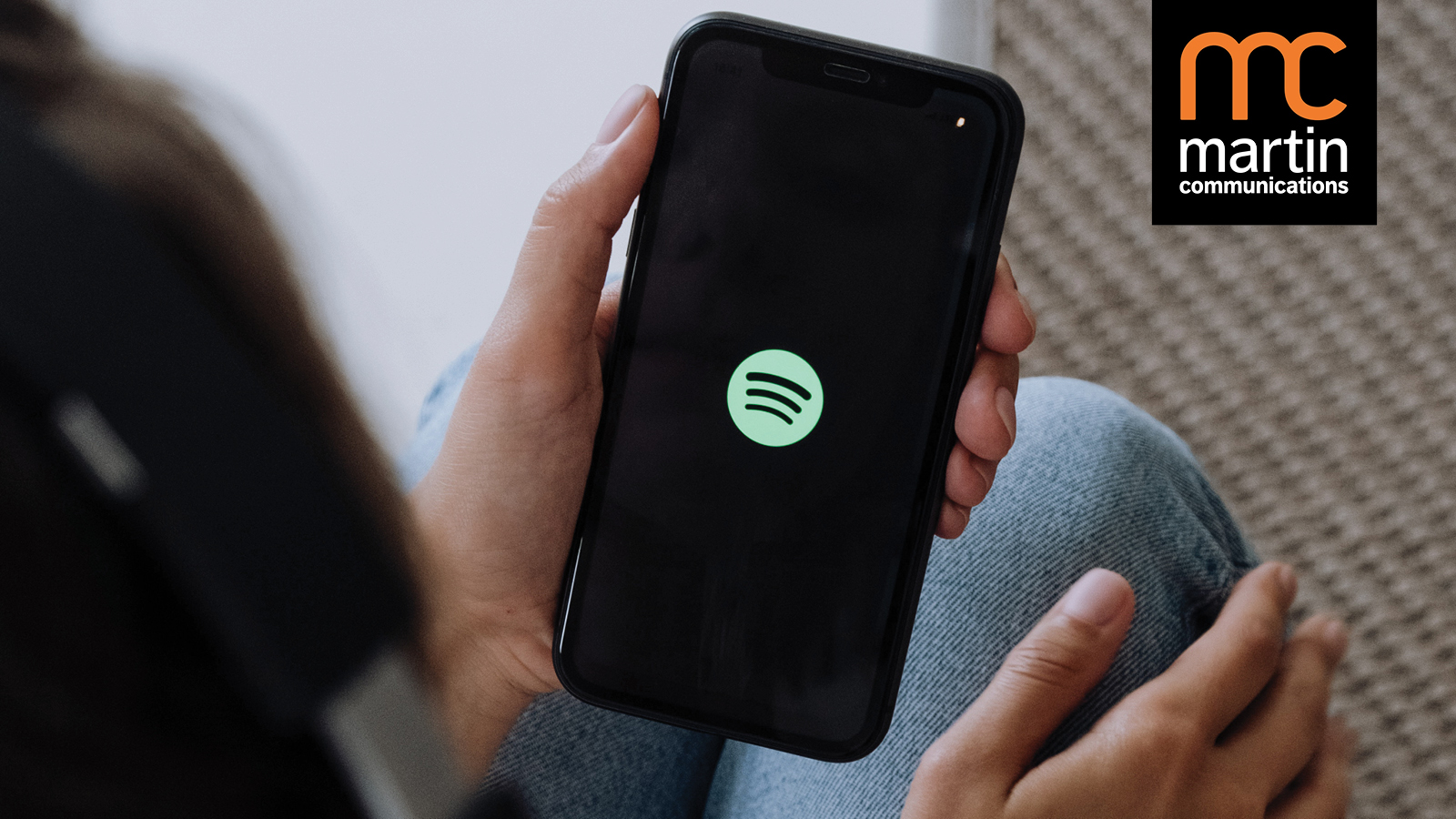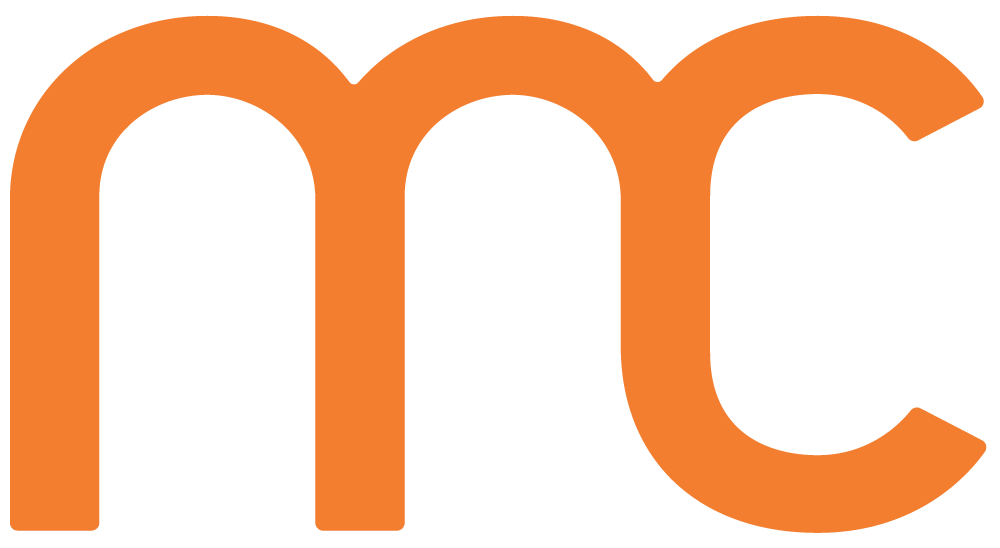
When you jump in your car, do you listen to the radio or plug in your phone and stream your favorite playlist?
Chances are, it’s the latter, especially with CarPlay becoming standard in newer vehicles.
According to a 2020 report by research firm Strategy Analytics, fewer people around the world are using AM/FM car radios due to various factors, including a marked decline in commutes to work. “2020 is the year that in-car AM/FM radio has hit the proverbial ‘iceberg,’” the report said.
Derek Viita, report author and Senior Analyst of Strategy Analytics’ IVX group, said, “While radio still has unique advantages, the pandemic has only worked to increase adoption of other media sources,” Viita continued, “some radio providers in the West are reporting that their ratings have nose-dived because many of those who listened on their commute have not rejoined from home.”
When you’re at home relaxing, do you dial into your favorite radio station on your boombox or open your favorite audio streaming app on your phone or smart device? Again, chances are the latter.
You might think, ‘well, 2020 was a few years ago’, however, a 2022 statistic states that 74% of U.S. internet users, or 222.7 million people, listened to digital audio. (That’s two-thirds of the U.S. population!) Of these digital audio listeners, 40% are using ad-supported versions. Though the growth of that market share will slow, the time each listener spends is rapidly increasing. In 2022, U.S. internet users spent nearly as much time streaming music and podcasts as they spent watching broadcast TV daily (which still accounts for the largest share of U.S. internet users’ time spent with media).
The road to audio streaming began in 1993 when the MP3 was introduced and the ability to download music through the internet was launched. More than two decades later, what began as having to purchase individual songs has turned into the ability to listen to all the songs you wanted, as long as you listen to the occasional ad or pay for the monthly subscription.
According to data from the Recording Industry Association of America, streaming grew from 7% of the U.S. music market in 2010 to an incredible 80% at the end of the decade. And according to research conducted by Edison Research:
- Thanks to streaming audio’s ability to be highly personalized and dynamic, 43% of streaming audio listeners say the audio ads are more relevant to them.
- And 42% of listeners stated that audio ads are more likely to capture their attention than ads seen or heard in other places.
Now, is there a time and place for traditional “terrestrial” radio, especially when, according to Nielsen, radio still reaches 86% of Americans 18+ every week? Of course, but that’s not what this article is about.
Reason 1: Targeting
Understanding your audience and figuring out how to reach them is crucial to advertising. Where traditional radio listenership relies on estimates, the innate nature of digital media provides advertisers with a better understanding of who’s listening.
Demographics, location, device usage, and listening habits are things that you can target with streaming audio.

As you can see, the targeting capabilities with streaming audio can be robust, enabling advertisers to meet consumers where they are at with messaging tailored to them. This precision in targeting is not available through traditional radio.
According to the 2023 released streaming statistics by Headphones Addict, U.S. users also almost entirely use streaming to listen to music. Here are the use percentages of music streaming services by age group:
- Age 13-25 – 99%
- Age 24-39 – 98%
- Age 40-55 – 96%
- Age 56-74 – 89%
Reason 2: Key Performance Indicators
Key performance indicators (KPIs) – are a way to track campaigns and know if they are providing results. For example, when running spots on traditional radio, you get a report back at the end of the campaign on the days and times your spot was broadcast, even with an estimated total reach. When you place an ad on a streaming audio platform, you gain insight into much more.
Like other digital advertising channels, data is available for the four basic performance metrics:
- Impressions – The total number of ads served.
- Reach – The number of unique people who heard your ads.
- Frequency – The average number of times each person heard your ads.
- Clicks – The number of times an ad banner displayed was clicked on, sending a listener directly to your website.
A metric unique to streaming audio is the Audio Completion Rate. This is the percentage of ads served that were played to the end.
The benchmark for audio completion of ads on Spotify is 91% — in traditional radio, you can’t account for if someone changes stations when commercials come on (and where you only know when the spot was played and their estimated listenership).

With the ability to track, respond, and modify approaches for target audiences, streaming audio makes optimizing easier and allows for a more effective campaign.
Reason 3: Cost
Though you can allocate the same amount to traditional radio and streaming audio, what you receive in return is vastly different. Many streaming platforms have minimum spend requirements of just a few hundred dollars ($250 is the minimum for Spotify). In contrast, the necessary budget for traditional radio depends on your market but typically is in the thousands.
With the ability to target more precisely, obtain accurate reporting, and maximize your budget, streaming audio is worth considering for your next targeted campaign.
If you would like to learn more about streaming audio or adding it to your marketing efforts, contact us today, and we would be happy to help!
Additional Resources:
- Learn more about the history of audio streaming: The Evolution of Online Audio Streaming – Muvi One
- Strategy Analytics’ report, “2020 Infotainment Report: COVID-19 Brings Challenges for In-Car Radio”
- Streaming Media and COVID-19 Combine Forces Against In-Car Radio, Finds Strategy Analytics | Business Wire
- A look at the US digital audio market in 2022: How big, who’s listening, and what are they listening to – Insider Intelligence Trends, Forecasts & Statistics
- RIAA-2019-Year-End-Music-Industry-Revenue-Report.pdf
- Heavy vs. Light Streamers, and the Future of Audience Segmentation | SXM Media
- Radio Advertising Bureau | Why Radio Research (rab.com)
- How to measure digital audio ads | Spotify Advertising
- 40+ Fascinating Music Streaming Statistics (2023 Updated) (headphonesaddict.com)
